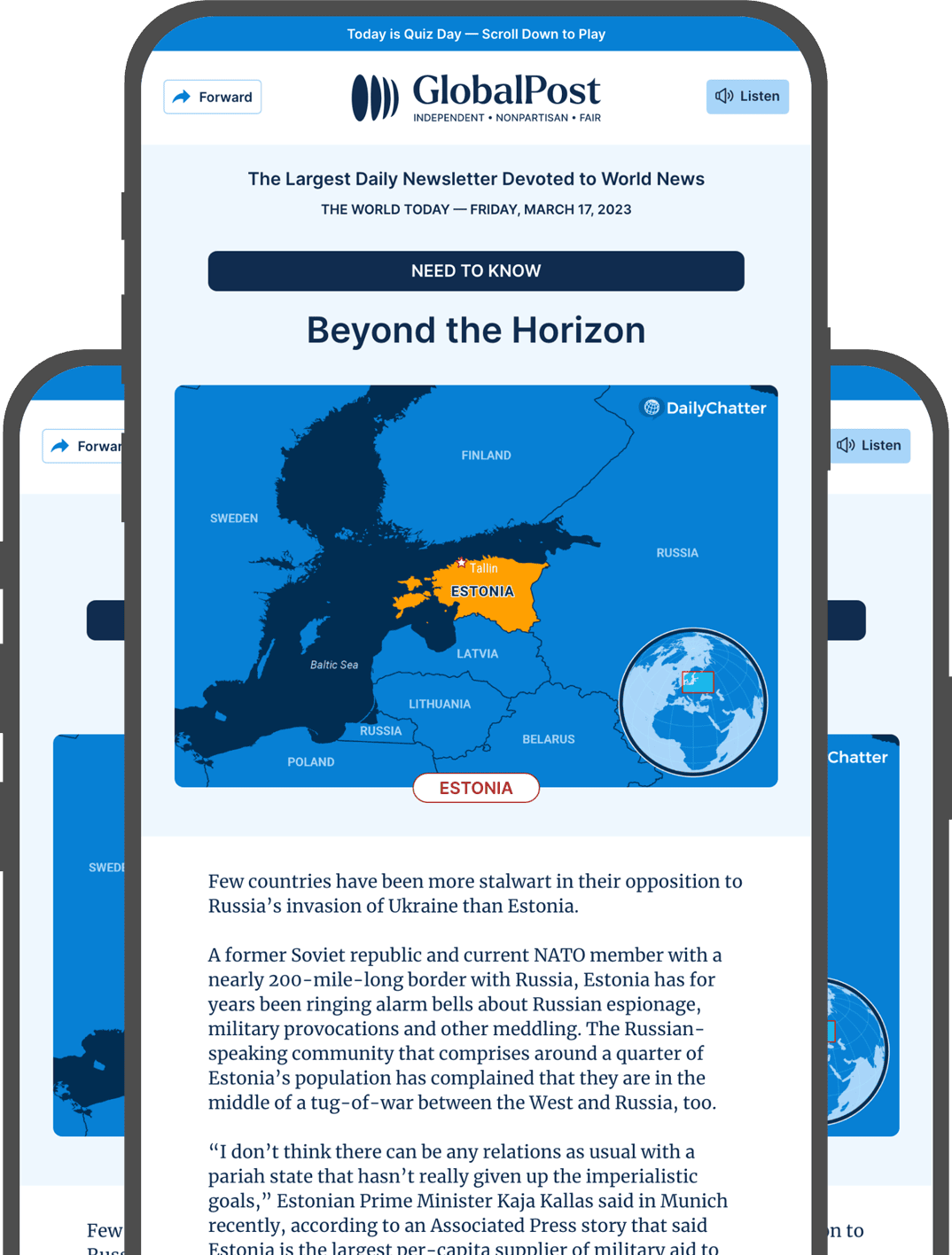This Is Me
A woman may have carved her name into history – literally – on the world’s oldest dated runestone, according to new research.
Norwegian researchers analyzing a 2,000-year-old inscription suggested that a female rune inscriber may have left a rare signature, providing a unique window into the early development of runic writing.
The runestone, originally discovered in fragments at a burial site in Hole, Norway, carries a message that begins with the word “I,” followed by a name and a verb related to writing, before ending with “rune.”
“It’s a type of inscription also that has parallels in some other romantic inscriptions, basically somebody telling us that they made this inscription,” study co-author Kristel Zilmer told NBC News.
Zilmer and her colleagues explained that what makes this signature stand out is a feature in the name that indicates it ends with “-u” – a characteristic of female names in ancient runic script.
If confirmed, this would mark the earliest known example of a female rune carver, said Zilmer.
First uncovered in 2021, the fragments were found in different graves within a burial field, raising questions about their original purpose.
After more pieces were recovered two years later, researchers realized they fit together like a jigsaw puzzle, showing a series of runic sequences. Some markings appear ambiguous, suggesting the stone may have been engraved at different times by different individuals.
Radiocarbon dating of the cremated human remains and charcoal at the site placed the fragments between 50 BCE and 275 CE, making them the oldest known examples of runes inscribed on stone.
The team believes the artifact was likely part of a larger commemorative marker, possibly shattered and reused in later burials.
“Rune stones likely had both ceremonial and practical intentions,” Zilmer explained in a statement. “The grave field and the original raised stone suggest a commemorative and dedicatory intent, while subsequent use in a separate burial illuminates later pragmatic and symbolic expressions.”
Runes are a writing system used with Germanic languages based on the Roman alphabet until the Latin alphabet was adopted. It was widely used in Scandinavia until the late Middle Ages.
The authors said the findings reshape our understanding of the origins of runic writing and highlight the dynamic nature of early literacy in northern Europe.
Subscribe today and GlobalPost will be in your inbox the next weekday morning
Join us today and pay only $46 for an annual subscription, or less than $4 a month for our unique insights into crucial developments on the world stage. It’s by far the best investment you can make to expand your knowledge of the world.
And you get a free two-week trial with no obligation to continue.
